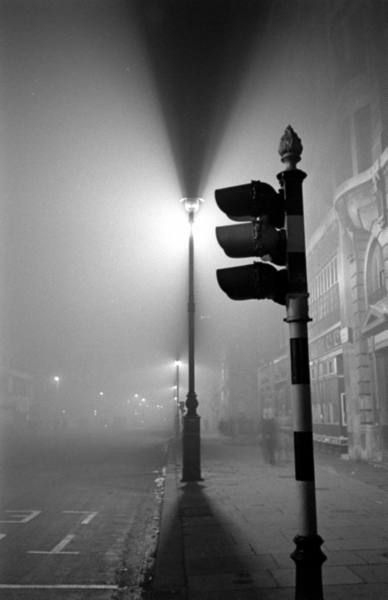
A City Dreaming
by Daniel Polansky.
Hodder, 2016.
New York City is the setting for this picaresque fantasy, its episodic nature following the centuries-old tradition of listing the various adventures of a loveable rogue we’re introduced to simply as M.
The reader will soon come up with a list of suitable adjectives for this laid-back antihero of A City Dreaming – moody, morose, a mage who self-identifies as misanthropic but who’s also seen as ‘muscle’, simply because he seems well able to take care of himself. Well, most of the time.
And then there’s the Management, the backroom staff with whom M needs to stay the right side of lest he runs out of vital credit. Oh, and the pair of rival Maenads who treat the city like a pair of chessboard queens determined to achieve dominance. But is there more to this novel than what appears to be an exercise in sustained whimsy?
Continue reading “Sustained whimsy”

